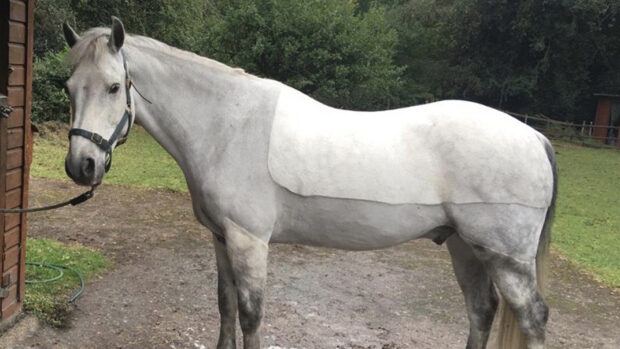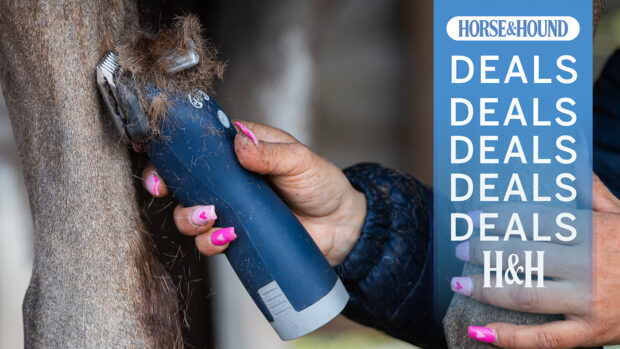Q: My 15.2hh gelding has rubbed his mane very badly and now it looks such a mess I’m not sure what to do about it. He has several unsightly bald patches and what mane is left intact is thin and straggly.
A friend suggested I hog his mane, but I’m nervous about this as it seems such a big step.
What are theadvantages and disadvantages of hogging, how do I go about it and how long would it take for the mane to grow back if I didn’t like the result? If I decide to leave his mane as it is, can you suggest how I could improve its condition and appearance?
Liz Clemence replies: Hogging tidies the appearance of horses if they have a particularly ragged and patchy mane. Once hogged, you will need to repeat the process about every three to four weeks to stop regrowth. Some people believe that a hogged mane offers less protection from flies during the summer months, though using a fly fringe will compensate.
Choosing to hog your horse’s mane is a big step to take so you should think carefully. If you go ahead and don’t like the result, it will take well over a year for the mane to grow back completely, and quite a lot of retraining for it to lie correctly. Sometimes the mane never grows back in exactly the same way.
When making the decision, take into account your horse’s type and conformation. Although a hogged mane can look very smart, and often greatly improves the appearance of the horse, it doesn’t suit all types, and can accentuate any weakness in a horse’s conformation.
Hogging often looks best on stockier, cobby types of horses and also on polo ponies. Also, if you want to compete in shows, you must consider which classes you want to enter – a hogged mane is incorrect for some showing classes, where the mane should be plaited.
Alternatives
If you decide against hogging, use the cooler autumn and winter months to regrow and strengthen your horse’s mane. Keep the undamaged areas fairly short and well pulled. Take care not to damage young regrowth by brushing or combing it too roughly and keep it trimmed neatly by snipping off the ends as soon as they start to look straggly.
By keeping the length fairly short you’ll give the mane time to thicken and strengthen.
There are also many mane and tail conditioning and strengthening products which you could try. Your local tack shop should be able to help.
To minimise the damage in the summer, give some thought to the cause of your horse’s itching.
Flies and midges or sweet itch are usually at the root of the problem, making the horse rub the irritated mane and tail areas. Severe cases of sweet itch can result in very sore, weepy patches of skin.
Keep your horse in a cool airy stable when the midges are at their worst – in the early morning and late evening. Many horses are happier to be out at night when it’s cooler, and in during the day in the hot summer months.
A liberal covering of fly repellent will also offer your horse some protection from insects. Consult your vet too, as he will be able to offer you advice and possible treatments.
In severe cases, the itching may be relieved by antihistamine injections. Regular applications of benzyl-benzoate will also help to soothe the area, reduce irritation and act as a fly repellent.
Read more turnout tips:




